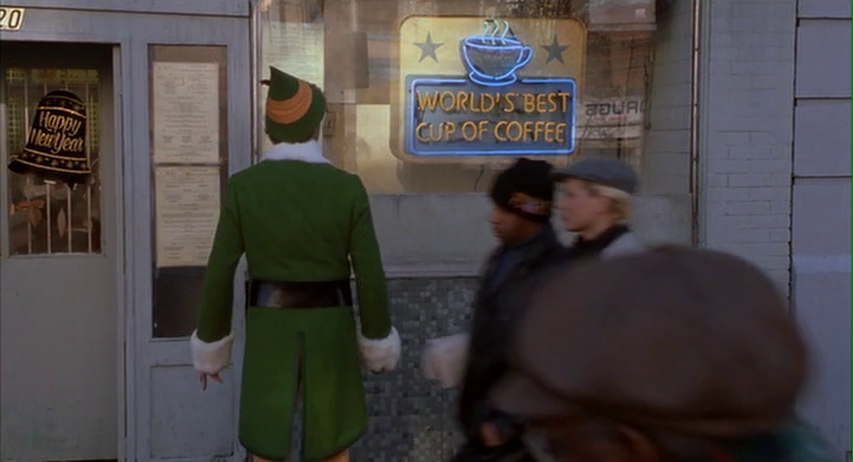Perhaps the biggest trend happening in coffee right now has nothing to do with making coffee at all. We’re in the middle of an explosion of mainstream media interest in the rising tide of higher-end, quality-focused cafes serving coffee to gentrifying neighborhoods all over the country. From best-of lists to fervored financial analysis to new menu trend-pieces, there are all sorts of good (and good-ish) coffee stories being greenlit in 2014. But most surprising of all, 2014 appears to be the year of the coffee think piece.
All this excitement (and associated filing and invoicing) is helping to establish safe spaces in media for nuanced, in-depth coffee writing–a field that’s still new, and in achingly short supply. We gave last year’s Sprudgie Award for Best Coffee Writing to Bitch Magazine, for Dr. Lisa Knisely’s late 2013 article on sexism in coffee. A few days ago a similarly landmark piece was written by Molly Osberg, an editor at Cluster Mag, titled “Inside The Barista Class” and published over at The Awl.
Osberg gives an inside look at the emotional, psychological, and financial texture of working as one of the gentrification machine’s front-line cogs: the “neighborhood” barista. Osberg tells the story of her journey from suburban Starbucks employee to veteran barista in Brooklyn’s Greenpoint neighborhood, in the process incisively describing experiences familiar to many long-term service workers, especially those 20-30 somethings working within and alongside the “creative class” in cities all over America.
The range and depth of Osberg’s insights belie a deep consideration of the multilayered problems of class, neighborhood and work in the 21st century. Here’s an excerpt:
Osberg outlines the role of education and privileged coding throughout her piece, in the process giving voice to the frustrations and dreams that come from watching neighborhoods change.
As someone who has worked as a barista in both Portland, OR and NYC, that last line in particularly hit home for me. Working service in Portland does have a different emotional load, a feeling of somewhat more mutual respect and engagement, and I think the economic considerations she points to are right on. Income inequality, especially as expressed in rents, is a huge factor, as is Portland’s heavy prevalence of the sort of informal economy that Osberg identifies as “the solidarity economy:”
Osberg’s view can seem very pessimistic, but she does a great job of helping people who may not have worked in service the way she has to understand the emotional labor and the anonymizing, disheartening grind of living the on-the-ground service experience, watching neighborhoods change as you yourself struggle to find a career path out of the mess.
We consider this feature to be an absolute must-read over on The Awl. Even if you’re not particularly interested in the discussion of gentrification and class mobility, Osberg’s story still serves as an excellent emotional catalog of barista-dom. It is an emotionally honest, razor-sharp reminiscence on the vicissitudes of working in food service, one of America’s only growing job sectors. If you want more information on the day to day realities of barista work, you can also read our three-part series on the physical and emotional health effects of barista work, or our cataloging of the realities of barista pay in various cities across the US and the world.
I’ll close my own greenlit think piece (about a think piece) by reminding you to please tip your barista well. It may only be a band-aid on the complex problems of class, income inequality and gentrification, but that band-aid is paying someone’s rent.
Alex Bernson is the assistant editor at Sprudge.com. Read more Bernson here.
All photos via Sprudge Archives.






























